Home>Furniture & Design>Bathroom Accessories>How To Remove Dye Stains From Toilet Seat
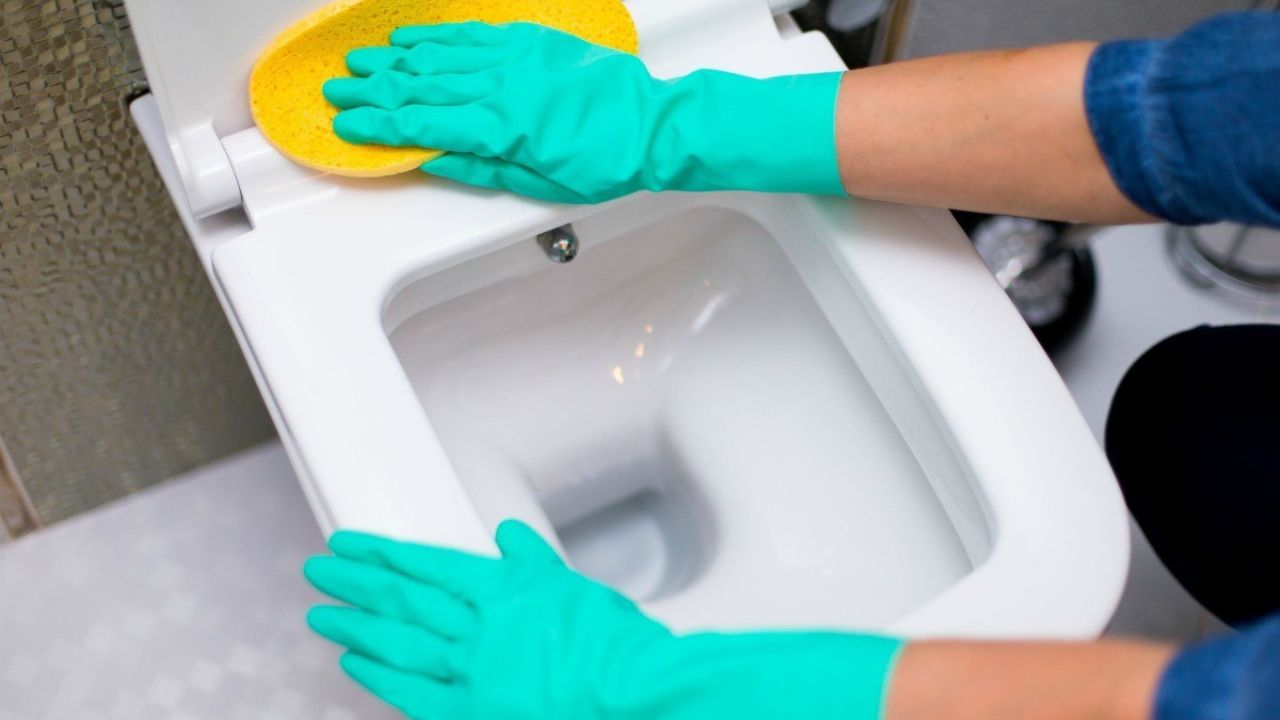

Bathroom Accessories
How To Remove Dye Stains From Toilet Seat
Modified: September 2, 2024
Learn how to effectively remove dye stains from your toilet seat with our expert tips and tricks. Keep your bathroom accessories looking clean and fresh.
(Many of the links in this article redirect to a specific reviewed product. Your purchase of these products through affiliate links helps to generate commission for Storables.com, at no extra cost. Learn more)
Introduction
Dye stains on a toilet seat can be an unsightly and frustrating issue to deal with. Whether it's from hair dye, clothing dye, or any other colored substance, these stains can be stubborn and difficult to remove. However, with the right knowledge and tools, it's possible to effectively eliminate these stains and restore the toilet seat to its original condition.
Dye stains are particularly noticeable on white or light-colored toilet seats, and they can detract from the overall cleanliness and appearance of the bathroom. Additionally, if left untreated, these stains can become more deeply ingrained over time, making them even harder to remove. Therefore, it's essential to address dye stains as soon as they are noticed to prevent them from becoming a permanent eyesore.
In this comprehensive guide, we will explore the nature of dye stains and the various methods for effectively removing them. From household products to commercial cleaners, we will cover a range of solutions to cater to different preferences and availability of resources. Additionally, we will discuss preventive measures to minimize the likelihood of future dye stains, helping you maintain a pristine and inviting bathroom environment.
By understanding the nature of dye stains and implementing the appropriate removal techniques, you can effectively tackle this common bathroom challenge. So, let's delve into the world of dye stain removal and equip ourselves with the knowledge and strategies needed to restore the beauty and cleanliness of our toilet seats.
Key Takeaways:
- Say goodbye to dye stains on your toilet seat! Use household products like baking soda and vinegar, or lemon juice and sunlight to effectively remove stubborn stains.
- Prevent future dye stains by using protective coverings, immediate cleanup, and designated dyeing areas. Educate others and maintain regular cleaning routines for a pristine bathroom.
Read more: How To Remove Blue Stain From Toilet Seat
Understanding the nature of dye stains
Dye stains on a toilet seat can be particularly stubborn and challenging to remove due to the nature of the dyes themselves. Dyes are designed to penetrate and adhere to surfaces, making them resistant to simple cleaning methods. When dye comes into contact with a toilet seat, it can quickly seep into the porous material, creating a noticeable and often persistent stain.
The composition of dyes plays a significant role in their ability to adhere to surfaces. Many dyes contain pigments or colorants that are designed to be long-lasting and resistant to fading. These pigments can bind tightly to the material of the toilet seat, making them difficult to lift with conventional cleaning agents.
Furthermore, the chemical composition of dyes can vary widely depending on their intended use. For example, hair dyes often contain strong, fast-acting pigments that are formulated to withstand exposure to water and other elements. Similarly, clothing dyes are engineered to withstand repeated washing and exposure to various environmental factors. As a result, when these dyes come into contact with a toilet seat, they can leave behind resilient stains that are challenging to eliminate.
In addition to their adhesive properties, dyes can also alter the color and texture of the affected surface. When a dye stain sets into a toilet seat, it can create a noticeable discoloration that stands out against the original color of the seat. This discoloration can be particularly pronounced on white or light-colored seats, making the stains even more conspicuous and bothersome.
Understanding the nature of dye stains is crucial for effectively addressing them. By recognizing the tenacious and transformative qualities of dyes, individuals can approach the stain removal process with realistic expectations and a strategic mindset. With this understanding, it becomes clear that removing dye stains requires targeted and persistent efforts to break down the pigments and lift them from the surface of the toilet seat.
In the following sections, we will explore various methods for removing dye stains, taking into account the unique challenges posed by these resilient blemishes. By leveraging this understanding of dye stains, individuals can equip themselves with the knowledge and techniques needed to tackle this common bathroom issue effectively.
Precautions before removing dye stains
Before embarking on the task of removing dye stains from a toilet seat, it is essential to take certain precautions to ensure the safety of both the individual and the toilet seat itself. Dye stain removal involves the use of cleaning agents and techniques that may have varying effects on different types of materials and surfaces. By taking the following precautions, individuals can minimize the risk of damage and maximize the effectiveness of the stain removal process.
-
Read the Manufacturer's Instructions: It is crucial to review the manufacturer's guidelines for the toilet seat before applying any cleaning agents. Different materials, such as plastic, wood, or composite, may have specific care instructions that should be followed to avoid causing damage or discoloration.
-
Spot Testing: Before applying any cleaning solution to the entire stained area, perform a spot test on a small, inconspicuous area of the toilet seat. This test will help determine if the cleaning agent is compatible with the material and finish of the seat and whether it causes any adverse reactions, such as discoloration or damage.
-
Ventilation: Ensure that the bathroom is well-ventilated before beginning the stain removal process. Opening windows or using a fan can help disperse fumes from cleaning agents and prevent the accumulation of strong odors in the enclosed space.
-
Protective Gear: When working with potentially harsh cleaning agents, consider wearing gloves and, if necessary, a mask to protect the skin and respiratory system from exposure to chemicals.
-
Avoid Mixing Cleaning Products: If using multiple cleaning agents, be cautious not to mix them together, as this can create harmful fumes or chemical reactions. Always follow the usage instructions provided for each product.
-
Use Gentle Tools: When scrubbing the stained area, use gentle tools such as soft-bristled brushes or non-abrasive sponges to avoid scratching or damaging the surface of the toilet seat.
By adhering to these precautions, individuals can approach the process of removing dye stains from a toilet seat with confidence and care. These measures help safeguard the integrity of the toilet seat while minimizing potential risks associated with the use of cleaning agents. With these precautions in place, individuals can proceed to employ the most suitable methods for effectively eliminating dye stains and restoring the pristine appearance of their toilet seats.
Methods for removing dye stains
When it comes to removing dye stains from a toilet seat, there are several effective methods that individuals can employ to tackle this stubborn issue. Each method offers unique approaches to breaking down and lifting the resilient pigments from the surface of the seat, providing options that cater to different preferences and available resources. By understanding and implementing these methods, individuals can effectively restore the cleanliness and visual appeal of their toilet seats.
1. Baking Soda and Vinegar
A popular and environmentally friendly approach to removing dye stains involves the use of baking soda and vinegar. To begin, create a paste by mixing baking soda with a small amount of water. Apply the paste to the stained area of the toilet seat and let it sit for several minutes. Then, dampen a cloth with vinegar and use it to gently scrub the stained area. The combination of baking soda and vinegar can help break down the dye pigments and lift them from the surface of the seat.
Read more: How To Remove Azo Stains From Toilet Seat
2. Lemon Juice and Sunlight
Lemon juice, known for its natural bleaching properties, can be an effective ally in removing dye stains. Saturate a cloth with fresh lemon juice and apply it to the stained area, allowing the juice to penetrate the pigments. Place the treated seat in direct sunlight, as the combination of lemon juice and UV rays can help lighten and fade the dye stains over time. Regularly reapply the lemon juice and expose the seat to sunlight until the stains diminish.
3. Hydrogen Peroxide
Hydrogen peroxide is a powerful oxidizing agent that can aid in breaking down dye pigments and lifting them from the surface of the toilet seat. Apply hydrogen peroxide directly to the stained area and allow it to sit for a period of time. Then, gently scrub the area with a soft-bristled brush or cloth to help loosen and remove the pigments. Rinse the seat thoroughly with water to remove any residual peroxide.
4. Commercial Cleaners
There are numerous commercial cleaners specifically formulated for removing tough stains, including dye stains, from various surfaces. When selecting a commercial cleaner for dye stain removal, look for products that are safe for use on toilet seats and compatible with the material of the seat. Follow the manufacturer's instructions for application and safety precautions, and test the cleaner on a small area before treating the entire stained surface.
5. Professional Restoration Services
For particularly stubborn or deeply ingrained dye stains, individuals may opt to enlist the services of professional restoration experts. These professionals have access to specialized cleaning agents and techniques designed to effectively eliminate tough stains while preserving the integrity of the toilet seat. By consulting with restoration experts, individuals can explore advanced solutions for restoring their toilet seats to a pristine condition.
By exploring these methods for removing dye stains, individuals can identify the approach that best suits their preferences and the nature of the stains. Whether opting for natural remedies, commercial cleaners, or professional assistance, there are effective strategies available for addressing dye stains and rejuvenating the appearance of toilet seats. With the right method and persistence, individuals can successfully conquer dye stains and maintain a clean and inviting bathroom environment.
Read more: How To Remove Mold From Toilet Seat
Using household products to remove dye stains
Household products offer a convenient and cost-effective approach to removing dye stains from a toilet seat. These readily available items can be repurposed to effectively break down and lift the resilient pigments, restoring the toilet seat to its original condition. By leveraging the natural properties of common household products, individuals can tackle dye stains with confidence and minimal environmental impact.
1. Baking Soda and Vinegar
Baking soda and vinegar, often found in kitchen pantries, are a dynamic duo when it comes to stain removal. The abrasive nature of baking soda, when combined with the acidic properties of vinegar, creates a potent cleaning solution. To utilize this method, create a paste by mixing baking soda with a small amount of water. Apply the paste to the stained area of the toilet seat and allow it to sit for several minutes. The paste works to break down the dye pigments, preparing them for removal. Next, dampen a cloth with vinegar and use it to gently scrub the stained area. The combination of baking soda and vinegar effectively lifts the pigments from the surface of the seat, gradually diminishing the stains.
Read more: How To Remove Azo Stains From Toilet Seat
2. Lemon Juice and Sunlight
Lemon juice, renowned for its natural bleaching properties, can be a valuable ally in the battle against dye stains. The citric acid in lemon juice acts as a mild bleaching agent, capable of lightening and fading stubborn stains. To utilize this method, saturate a cloth with fresh lemon juice and apply it to the stained area of the toilet seat. Allow the lemon juice to penetrate the pigments, and then place the treated seat in direct sunlight. The UV rays from the sun, combined with the bleaching action of the lemon juice, work to gradually diminish the dye stains. Regularly reapply the lemon juice and expose the seat to sunlight until the stains fade, resulting in a visibly improved appearance.
3. Hydrogen Peroxide
Hydrogen peroxide, a common household antiseptic, also serves as a potent oxidizing agent that can aid in breaking down dye pigments. To utilize this method, apply hydrogen peroxide directly to the stained area of the toilet seat and allow it to sit for a period of time. The peroxide works to penetrate the pigments, loosening their grip on the surface of the seat. After allowing the peroxide to work its magic, gently scrub the stained area with a soft-bristled brush or cloth. This action helps to further dislodge the pigments, facilitating their removal. Rinse the seat thoroughly with water to remove any residual peroxide and lifted pigments, revealing a cleaner and rejuvenated surface.
By harnessing the power of these household products, individuals can effectively combat dye stains and restore the pristine appearance of their toilet seats. These natural and accessible solutions offer a sustainable and budget-friendly approach to stain removal, empowering individuals to maintain a clean and inviting bathroom environment.
Read more: How To Remove Scratches From Toilet Seat
Using commercial cleaners to remove dye stains
Commercial cleaners tailored for tough stains, including dye stains, offer a powerful and convenient solution for restoring the cleanliness and visual appeal of a toilet seat. These specialized products are formulated to effectively break down and lift resilient pigments, providing a reliable and efficient approach to stain removal. When utilizing commercial cleaners to address dye stains, individuals can benefit from the targeted action and proven efficacy of these purpose-built solutions.
When selecting a commercial cleaner for dye stain removal, it is essential to choose a product that is safe for use on toilet seats and compatible with the material of the seat. Many commercial cleaners are designed to target specific types of stains, including dyes, while also considering the surface they will be applied to. By following the manufacturer's instructions for application and safety precautions, individuals can ensure that the chosen cleaner is suitable for the task at hand.
The application of commercial cleaners typically involves directly treating the stained area of the toilet seat with the designated product. Depending on the formulation of the cleaner, it may require a specific dwell time to effectively penetrate and break down the dye pigments. During this dwell time, the active ingredients in the cleaner work to loosen and lift the stains from the surface of the seat, preparing them for removal.
After the designated dwell time has elapsed, individuals can gently scrub the stained area with a soft-bristled brush or cloth to aid in dislodging the pigments. This action helps to further facilitate the removal of the loosened stains, revealing a cleaner and revitalized surface. Following the scrubbing process, thoroughly rinsing the seat with water is essential to remove any residual cleaner and lifted pigments, ensuring a pristine and residue-free result.
Commercial cleaners offer a reliable and efficient solution for removing dye stains from toilet seats, providing targeted action and proven efficacy. By selecting a suitable product and following the recommended application process, individuals can effectively eliminate stubborn dye stains and maintain a clean and inviting bathroom environment.
Utilizing commercial cleaners tailored for tough stains, including dye stains, empowers individuals to address this common bathroom challenge with confidence and achieve impressive results. With the right product and application, individuals can restore the visual appeal of their toilet seats and enjoy a renewed sense of cleanliness in their bathrooms.
Preventing future dye stains
Preventing future dye stains on a toilet seat involves proactive measures and mindful practices to minimize the risk of encountering this common bathroom issue. By implementing preventive strategies, individuals can maintain the cleanliness and visual appeal of their toilet seats while reducing the need for extensive stain removal efforts. Here are several effective methods for preventing future dye stains:
-
Protective Coverings: Consider using protective coverings, such as disposable seat covers or removable fabric wraps, when applying hair dye or engaging in activities that involve the use of colored substances. These coverings act as a barrier between the dye and the toilet seat, reducing the likelihood of direct contact and potential staining.
-
Immediate Cleanup: In the event of accidental spills or splatters, promptly clean and wipe down the affected area of the toilet seat. Swift action can prevent the dye from seeping into the material and creating stubborn stains. Utilize a mild cleaning solution or gentle wipes to address any spills before they have the chance to set and become more challenging to remove.
-
Designated Dyeing Area: Designate a specific area in the bathroom for dye-related activities, such as hair coloring or fabric dyeing. By confining these activities to a designated space, individuals can minimize the risk of accidental spills and splatters on the toilet seat and other bathroom surfaces.
-
Protective Gloves and Clothing: When engaging in activities that involve handling dyes, such as hair coloring or fabric dyeing, use protective gloves and wear clothing that can shield the skin and prevent accidental transfer of dyes to bathroom fixtures. Taking these precautions can reduce the likelihood of dye stains on the toilet seat and other bathroom surfaces.
-
Regular Maintenance: Incorporate regular cleaning and maintenance routines for the toilet seat, including gentle wiping and periodic deep cleaning. By consistently maintaining the cleanliness of the seat, individuals can address any minor stains or residues before they have the opportunity to develop into more persistent dye stains.
-
Educational Awareness: Educate household members and guests about the potential impact of dyes on bathroom fixtures, emphasizing the importance of careful handling and cleanup procedures. By raising awareness and promoting responsible practices, individuals can collectively contribute to the prevention of future dye stains in the bathroom.
By proactively implementing these preventive measures, individuals can significantly reduce the occurrence of dye stains on their toilet seats, contributing to a cleaner and more visually appealing bathroom environment. These strategies empower individuals to take proactive steps in safeguarding their toilet seats against the challenges posed by dye stains, ultimately promoting a sense of cleanliness and pride in their bathrooms.
Conclusion
In conclusion, the presence of dye stains on a toilet seat can be a persistent and bothersome issue, impacting the overall cleanliness and visual appeal of the bathroom. However, armed with the knowledge and strategies outlined in this comprehensive guide, individuals can effectively address and overcome this common challenge.
By understanding the nature of dye stains and the tenacious qualities of dyes, individuals can approach the stain removal process with realistic expectations and a strategic mindset. Whether utilizing household products, commercial cleaners, or seeking professional assistance, there are diverse and effective methods available for combating dye stains and rejuvenating the appearance of toilet seats.
The proactive precautions outlined in this guide emphasize the importance of safeguarding the integrity of the toilet seat and minimizing potential risks associated with the use of cleaning agents. By adhering to these precautions, individuals can embark on the stain removal process with confidence and care, ensuring the safety of both themselves and the toilet seat.
Furthermore, the preventive measures highlighted in this guide offer valuable insights into minimizing the likelihood of future dye stains, promoting responsible practices and proactive maintenance to uphold the cleanliness and visual appeal of the toilet seat.
Ultimately, by implementing the strategies and techniques presented in this guide, individuals can reclaim the pristine condition of their toilet seats, fostering a sense of cleanliness, comfort, and pride in their bathrooms. With the right approach and persistence, dye stains can be effectively eliminated, allowing individuals to enjoy a refreshed and inviting bathroom environment.
In embracing the knowledge and solutions provided in this guide, individuals can confidently tackle dye stains, restore the beauty of their toilet seats, and maintain a clean and welcoming bathroom space for themselves and their guests.
Now that you know how to tackle those pesky dye stains on your toilet seat, why stop there? Freshen up your entire bathroom and kitchen with more handy advice. Dive into our detailed guide on cleaning tips to keep your fridge spotless, inside and out. Or, if you're still battling with stubborn marks elsewhere in your bathroom, our stain removal guide for toilet seats offers practical solutions that work wonders. Keep your living spaces pristine and welcoming with these essential cleaning hacks.
Frequently Asked Questions about How To Remove Dye Stains From Toilet Seat
Was this page helpful?
At Storables.com, we guarantee accurate and reliable information. Our content, validated by Expert Board Contributors, is crafted following stringent Editorial Policies. We're committed to providing you with well-researched, expert-backed insights for all your informational needs.
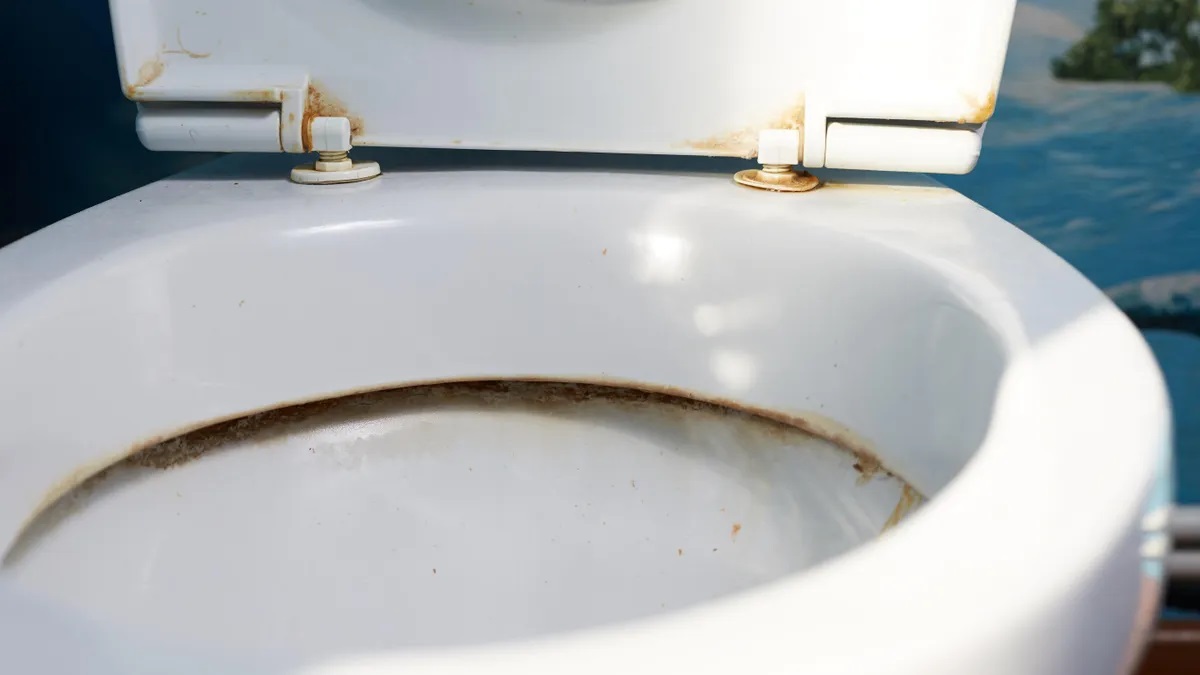
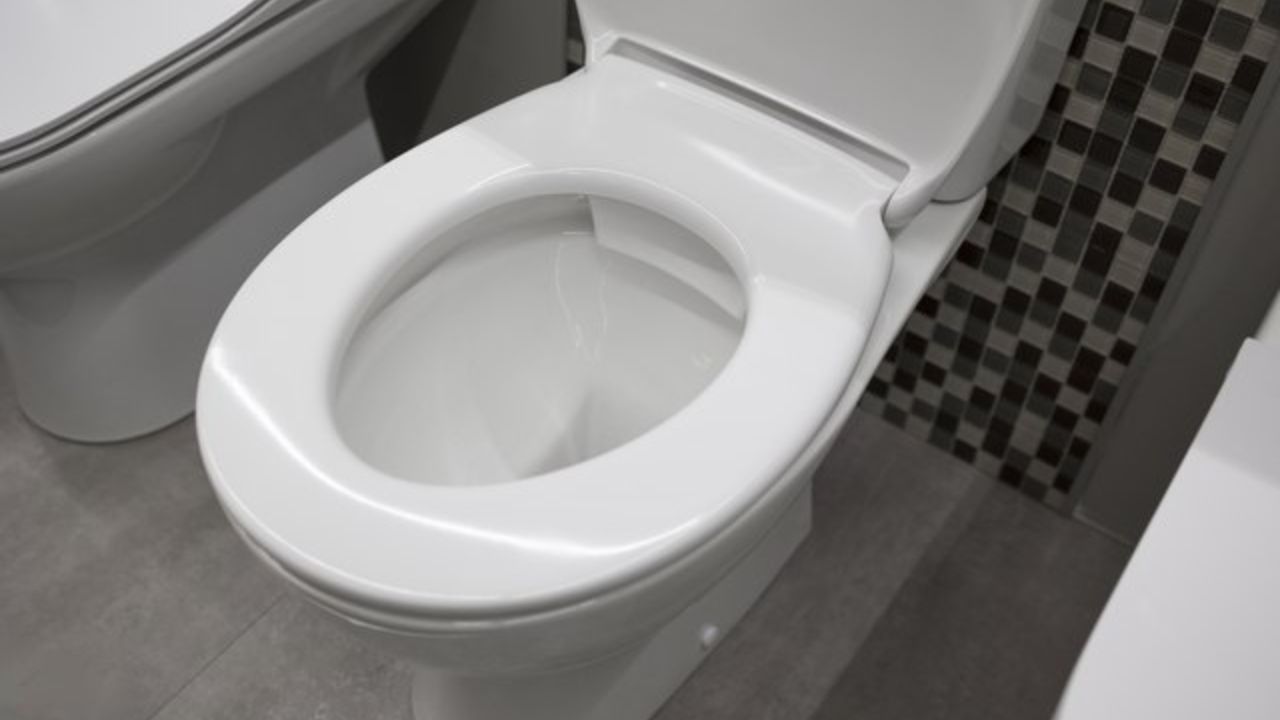
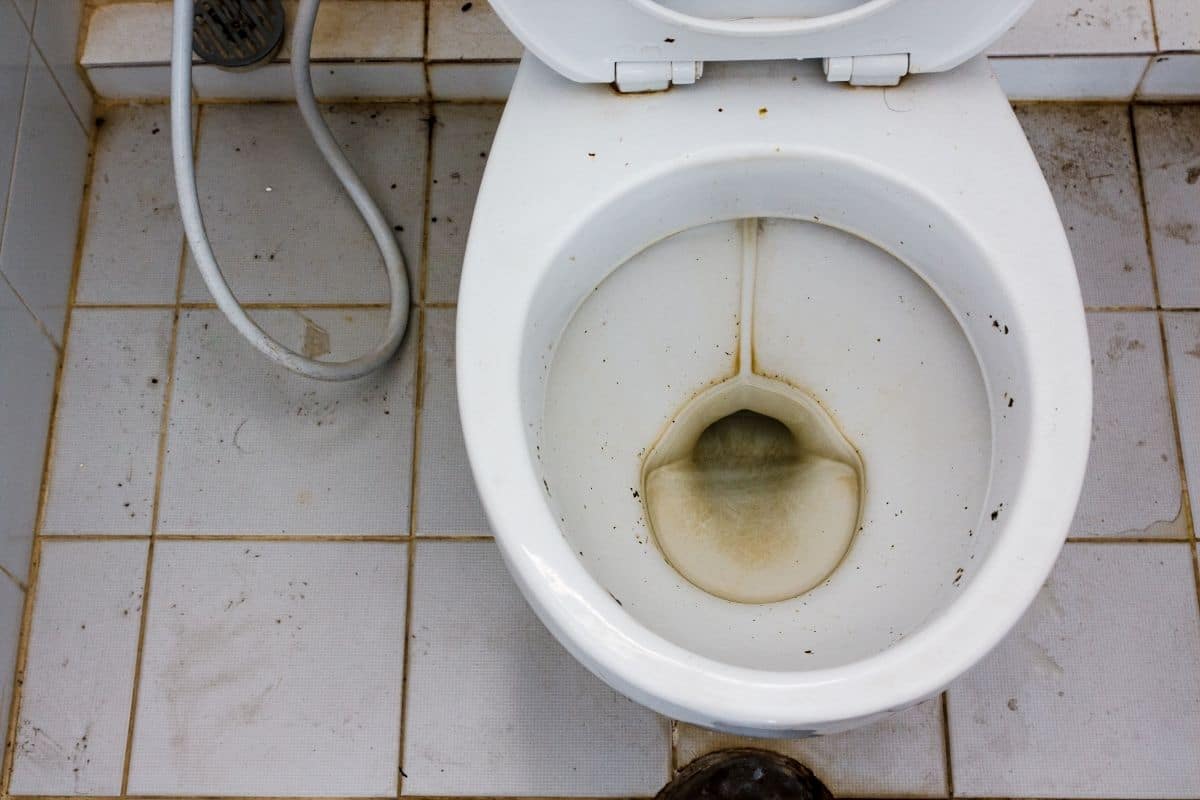
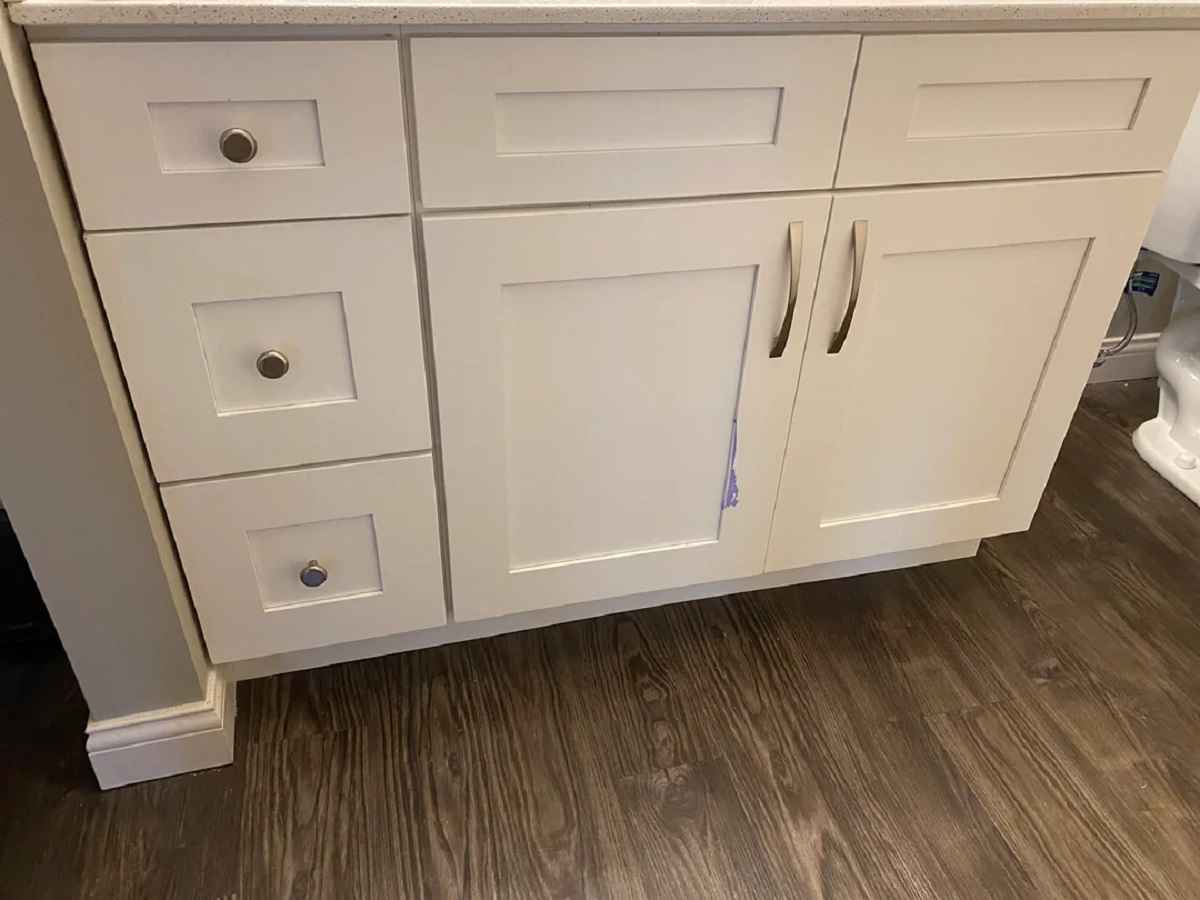
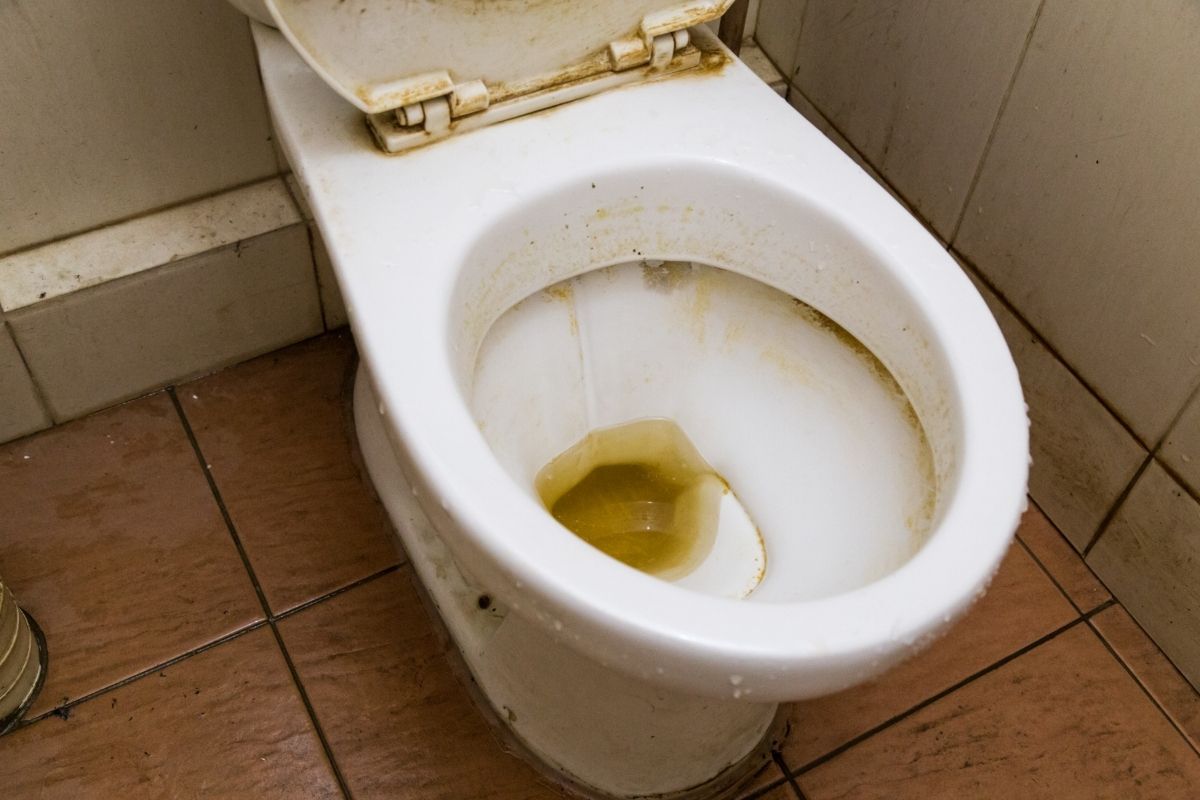
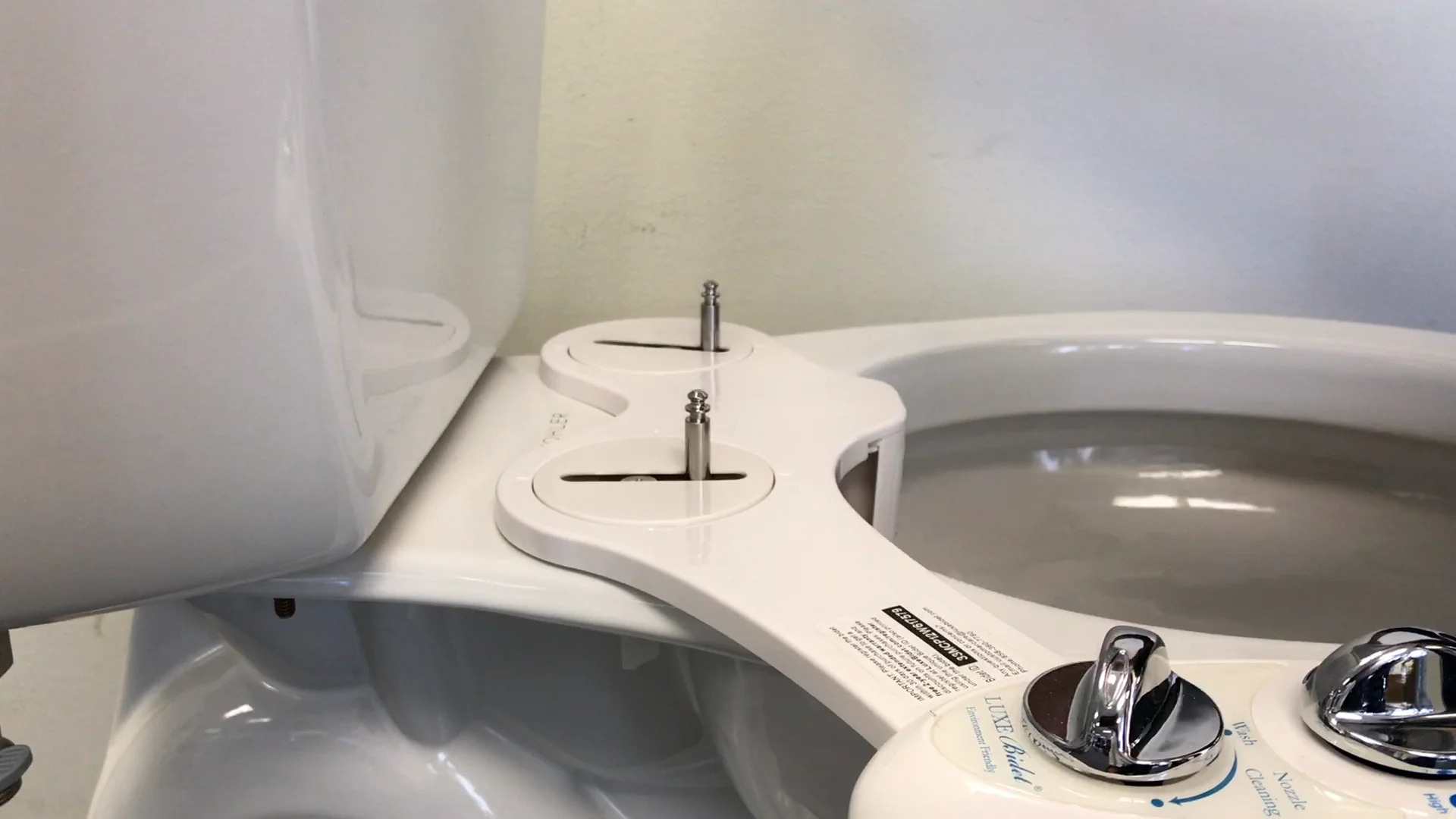
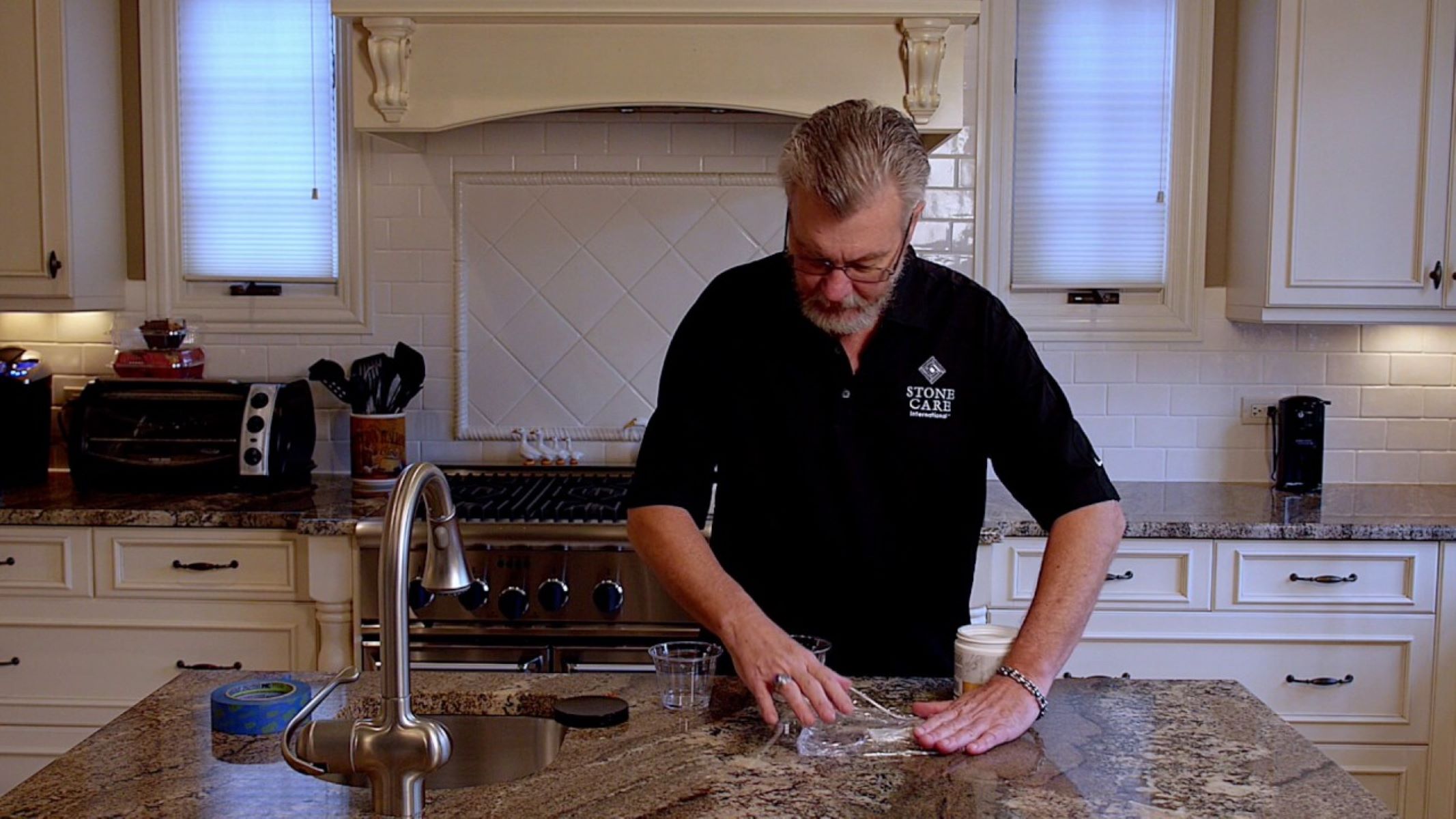
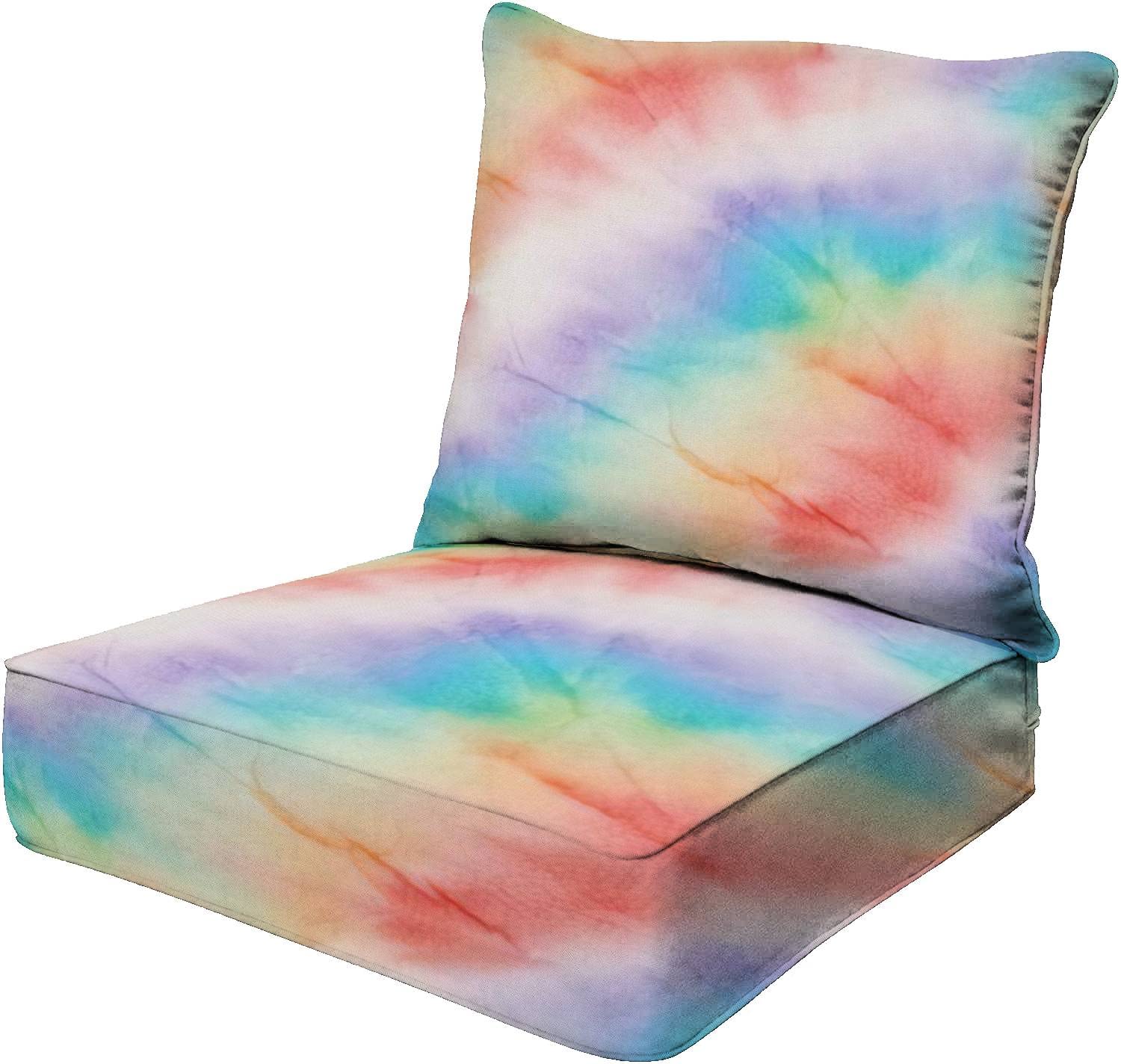
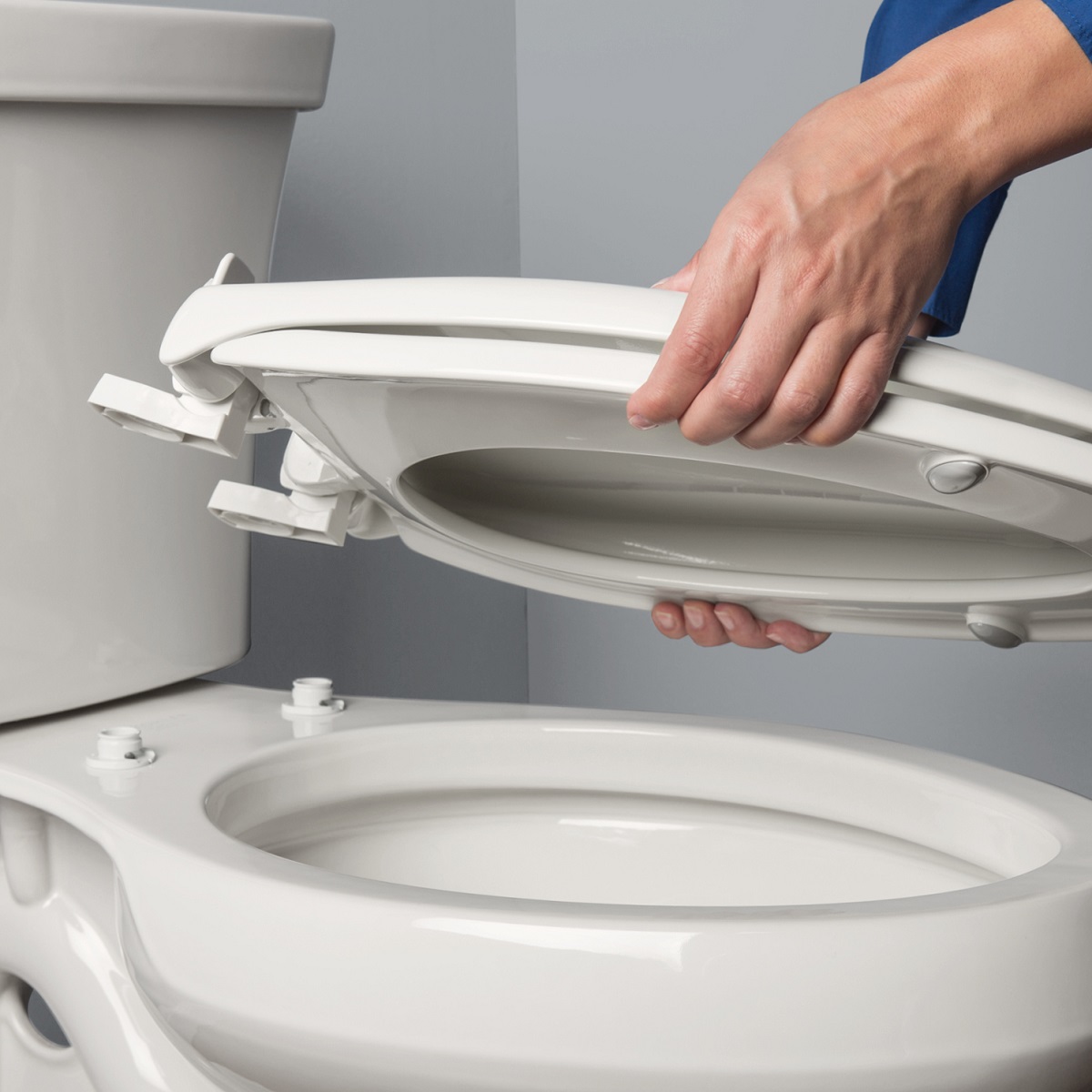
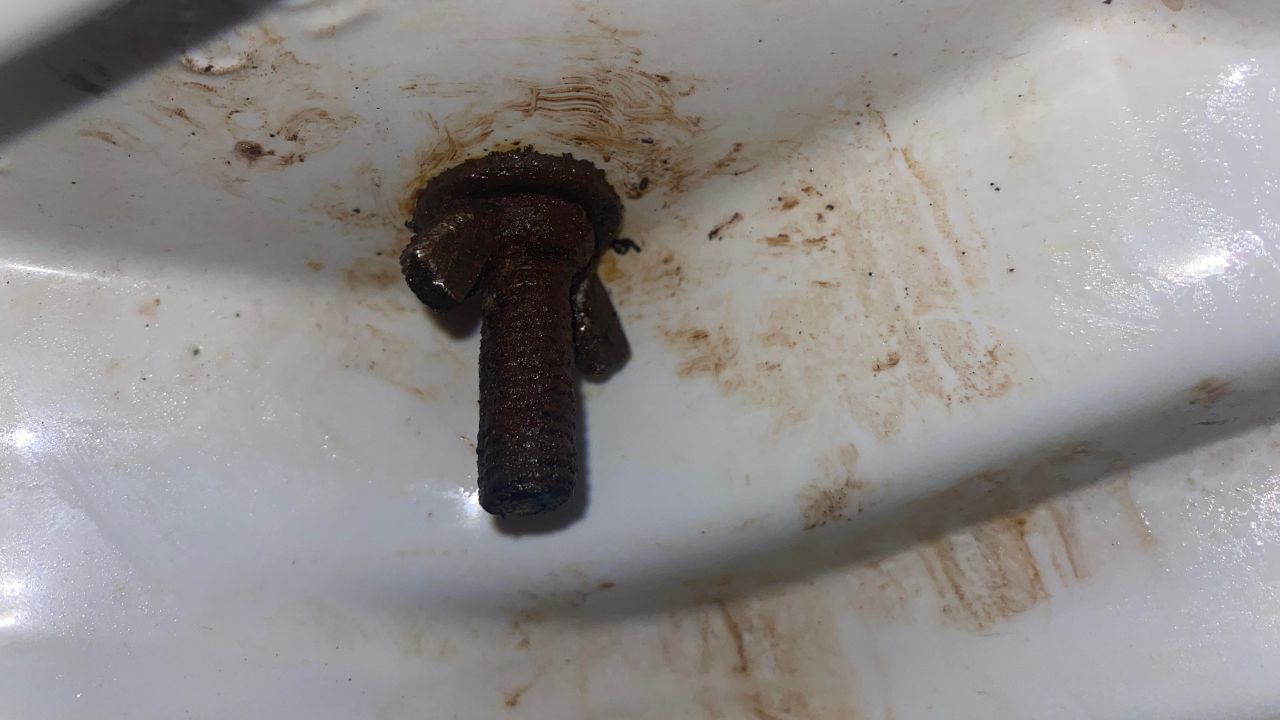

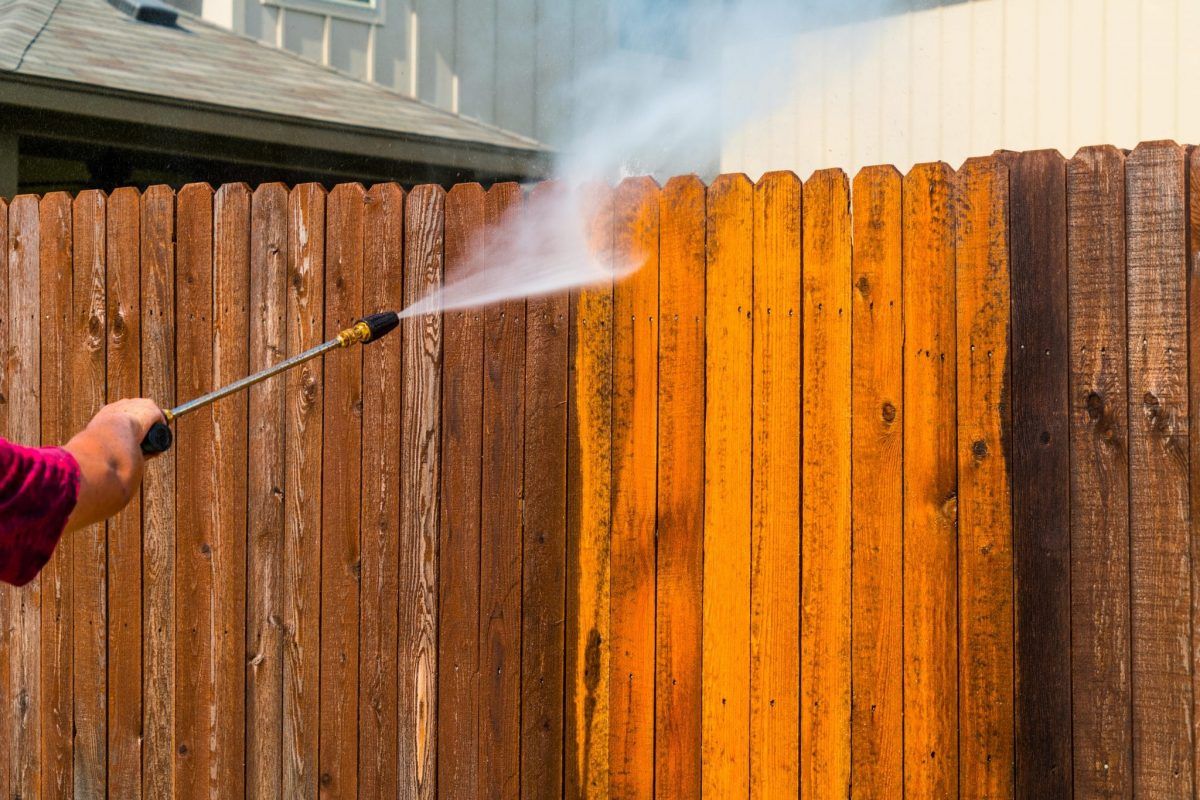

0 thoughts on “How To Remove Dye Stains From Toilet Seat”